Back in July, we covered Inspired Nutraceuticals' DVST8 DARK Pre-Workout – a formula for anyone who wants to hone their edge. Or in Jungian terms, integrate their shadow. It's an impressive formula in many ways, featuring some novel ingredients and generous doses of familiar ones.
DVST8 Dark Now in RTD Form

Inspired Nutra's DVST8 Dark RTD comes at a huge 400 milligrams of caffeine and is the first pre-workout drink we've seen with nitrates for epic pumps!
Well, now Inspired is coming out with DVST8 Dark RTD -- a ready-to-drink (RTD) variation of the pre-workout! This means no powder, no mixing, no fuss – just open the bottle and drink.
It can be tricky to adapt a powder formula to the demands of an RTD, though, because you have to make compromises – you have to walk a careful line between taste, texture, fluid volume, and efficacy.
Not every company can pull it off. But as we'll see in this article, Inspired did a great job with DVST8 RTD, and it packs a punch at a total of 400 milligrams of caffeine.
The first RTD we've seen with nitrates inside
For instance, we have two grams of nitrates inside, something we haven't seen in a pre-workout RTD. We're not surprised though, because Inspired also has nitrates in their FSU Serum glycerol liquid.
This launch is paired with the Endless Hydration RTD on Black Friday 2023, so don't miss that as well. Let's get into it, but first, check PricePlow's product availability and get signed up for our Inspired Nutraceuticals news and deals:
Inspired Nutraceuticals DVST8 Dark RTD – Deals and Price Drop Alerts
Get Price Alerts
No spam, no scams.
Disclosure: PricePlow relies on pricing from stores with which we have a business relationship. We work hard to keep pricing current, but you may find a better offer.
Posts are sponsored in part by the retailers and/or brands listed on this page.
This area is reserved for Team PricePlow's upcoming videos.
Subscribe to our channel and sign up for notifications so you catch it when it goes live!
DVST8 Dark RTD Ingredients
In a single 1-bottle serving (12 oz) of DVST8 RTD, you get the following:
-
DVST8: The Truth Matrix
The Truth Matrix is full of nitric oxide (NO) boosting ingredients that can give you massive pumps.
-
L-Citrulline malate 2:1 – 6,000 mg
Citrulline is a conditionally essential acid and NO precursor. However, it is not the direct NO precursor. First it gets converted into arginine, and then NO, like so: Citrulline → Arginine → NO.
So why not take arginine instead? As it turns out, citrulline's oral bioavailability is so much higher than arginine's that even with an intermediary step between citrulline-to-NO conversion, citrulline is still better at boosting NO.[1,2]
If you don't know how more NO can lead to pumps, here's the process: The presence of NO in your arteries triggers vasodilation, a mechanism whereby arterial smooth muscle relaxes, making the arteries bigger in diameter. This permits a greater throughput of blood, with less resistance, allowing the cardiovascular system to function as normal at a lower heart rate and lower blood pressure.[3-5]
While a drop in blood pressure and heart rate can have health benefits for most people, vasodilation is of special interest to athletes of any kind. That's because vasodilation also increases the efficiency of cellular nutrient delivery, as well as cellular waste removal, allowing you to perform and recover better than usual.
Citrulline studies show that it can improve the following:
- Power by improving oxygen uptake[6]
- Athletic endurance by about 50%[7]
- Post-exercise muscle soreness[7]
- Growth hormone (GH) production in response to exercise[8]
- Protein sparing[9]
- Muscle growth in response to exercise[10,11]
Citrulline can also help your body eliminate ammonia,[12,13] which is probably one of its endurance-boosting mechanisms since ammonia causes mental and physical tiredness.
Finally, citrulline supplementation can improve the body's cortisol-to-DHEA ratio[13] – which, for the vast majority of people, means lowering it.
Citrulline content of citrulline malate
As the label indicates, we're getting 2 parts citrulline for every 1 part malate. This yields a dose of 4 grams citrulline, which is definitely well above the standard 3-gram dose (2 and 3 grams have both been clinically verified, and 6 grams of citrulline malate has as well).
What does malate do?
As it turns out, the malate part of citrulline malate (also known as malic acid) may exert some positive effects of its own. For example, it participates in the Krebs cycle, your cells' primary energy synthesis pathway.[14] One peer-reviewed study found that citrulline malate can significantly improve cellular aerobic respiration.[15]
-
Glycerol (99.7% Pure) (as GlycoClear) – 5,000 mg
Inspired Nutra's FSU Serum introduced many readers to the power of liquid glycerol, so why not have some added to DVST8 Dark RTD as well?
You like glycerol, do you? Then you must check out FSU Serum!
Glycerol, also known as glycerin, is a polyol alcohol molecule that occurs naturally in the human body as a byproduct of aerobic respiration.
This ingredient functions as an osmolyte. This means that when taken supplementally, glycerol is distributed throughout the body's tissues and fluids, where its strong affinity for water increases the water content of your blood, plasma, and muscle tissue.[16,17] This causes a boost to the overall water content of your body, and a state called cellular hyperhydration,[16,17] which is exactly what it sounds like – higher-than-normal amounts of water are forced into cells by glycerol's manipulation of osmotic pressure gradients.
Glycerol research usually focuses on its ability to increase endurance, as illustrated by one experiment where trained cyclists' time to exhaustion was significantly increased by glycerol supplementation.[18] A big part of this effect seems to be glycerol's ability to decrease cardiovascular strain and enhance blood flow.[19]
However, other research has shown that glycerol can increase anaerobic performance as well,[20] so it's not just for endurance athletes!
The extra water in your cells from glycerol supplementation helps protect those cells against heat stress,[19,21] which is one reason why you often see big doses of glycerol in hydration formulas.
-
Arginine Nitrate (as NO3-T) – 1,000 mg
We just talked about how citrulline's bioavailability is way better than arginine's – so what's arginine nitrate doing in this formula?
As it turns out, citrulline inhibits the enzyme responsible for arginine's low oral bioavailability,[22,23] so taking these two amino acids together can have impressive synergistic effects. Studies show that the citrulline+arginine combination outperforms either ingredient alone, in both human[24,25] and animal[26] research. But this one's really about the nitrate content!
Nitrates boost nitric oxide incredibly as well, and through a different mechanism than the citrulline-arginine-NO conversion pathway: nitrates get fixed into the NO molecule by the salivary glands in your mouth.[27-29]
Studies on nitrates show that they can improve:
- Circulation[30]
- Aerobic efficiency[30-34]
- Strength[35,36]
- Cellular energy production[36-38]
This means we're going to get a massive pump here... especially because we're not done with nitrates yet!
-
Betaine Nitrate (as NO3-T) – 1,000 mg
Another form of nitrate! This means the benefits discussed above also apply here for even more pumps. However, betaine is great in its own right:
Betaine, also known as trimethylglycine (TMG), is a powerful ergogenic aid.[39] Like glycerol, it's also an osmolyte, capable of inducing cellular hyperhydration[40,41] and the usual performance-boosting benefits of that state.[42]
Studies repeatedly show that betaine supplementation -- when used at 2.5 grams per day -- can improve strength, power, endurance, and, when taken long-term, body composition.[43-48] We don't have that dose, but it's good to see a beneficial molecule attached to nitrate, which is what we're really using here.
Betaine is also a methyl donor, meaning it carries methyl groups (-CH3) to cells that are tasked with carrying out methyl-dependent metabolic functions. One such function is regulating serum concentrations of homocysteine,[49] an amino acid whose buildup in the blood is linked to cardiovascular disease.[40,50] Supplementation with betaine can thus be seen as a good investment in long-term cardiovascular health and function.
Between these two nitrate ingredients, which are the same as the total in FSU Serum, alongside citrulline malate, we're looking at some of the best pumps you'll ever see in an RTD!
-
-
Endless: Endurance & VO2 Supply
-
Beta-Alanine – 3,200 mg
Beta-alanine is another great ergogenic aid. It combines with the amino acid histidine to form a dipeptide compound called carnosine. We like carnosine because it helps the body eliminate lactic acid – and since lactic acid buildup causes muscular fatigue,[51] accelerating its removal by upregulating carnosine via beta-alanine supplementation can have an endurance-boosting effect.
Going powder instead? Check out Inspired's DVST8 DARK
It would be great if we could take carnosine itself as a supplement, but again, its oral bioavailability is not very good. That of beta-alanine is much higher, and histidine supplementation is almost never necessary thanks to its abundance in commonly-eaten foods.[52,53]
Two meta-analyses, looking at over 40 different peer-reviewed studies, have shown that beta-alanine is best at supporting endurance during exercise conducted at an intensity level that can be sustained for anywhere from 30 seconds to 10 minutes.[51-55] In other words, if you're working out too hard to last 30 seconds, or at such a low level of intensity that you can go longer than 10 minutes, then beta-alanine won't give you the maximum benefit. It's a great supplement for shorter-duration, high-intensity cardio or low-weight, high-rep lifting.
Don't sweat the tingles
If you experience a tingling sensation in your upper body after taking beta-alanine, don't worry – it's normal, and harmless.[56]
-
Pink Himalayan Salt – 500 mg
Pink Himalayan salt is prized as a rich source of electrolytes and trace minerals, with sodium being its main constituent mineral. The 500-milligram dose incorporated in DVST8 RTD delivers 210 milligrams of sodium per 1-bottle serving, helping to counteract the sodium depletion that occurs through sweat during a moderately demanding workout.
Sodium plays a crucial role in facilitating proper muscle contractions and optimizing athletic performance,[57,58] and during intense physical exertion, we expel a considerable amount of it—approximately 0.9 grams of sodium per liter of sweat.[57] To ensure optimal performance and efficient recovery, it's generally advisable to proactively replenish the sodium lost during a workout by preloading with a slightly increased sodium intake.
-
-
Dark: Mind/Muscle Sync Module
-
N-Acetyl-L-Tyrosine – 2,000 mg
Tyrosine is a pre-workout superstar with two huge benefits:
- Tyrosine is a precursor to the body's thyroid hormones, triiodothyronine (T3) and thyroxine (T4). Thus, tyrosine can help facilitate proper thyroid function,[59,60] even in the face of metabolic stress like intense exercise. And it's also worth noting that caloric deficits can stress the thyroid too.[61]
- It's also a precursor to the catecholamine neurotransmitters like dopamine, adrenaline, and noradrenaline.[62-64] The catecholamines – particularly dopamine – play a crucial role in focus and motivation, so tyrosine can possibly help improve your willingness to do a tough workout. Adrenaline and noradrenaline also have significant fat-burning potential.[65]
Tyrosine is also great for mitigating sleep deprivation. According to studies conducted by the U.S. military, tyrosine is actually better than caffeine at restoring cognition to baseline during acute sleep deprivation.[66,67]
We're big fans of the 2 gram tyrosine dose, so it's good to see that dose in DVST8 RTD. There's often discussion using standard L-Tyrosine over N-Acetyl L-Tyrosine in powdered pre-workouts, but when it comes to beverages, the acetylated form is the way to go here -- it's more soluble in water.
-
Choline-L-Bitartrate – 1,000 mg
Choline is an essential B vitamin require for the construction and maintenance of the phospholipid bilayer membranes that enclose the contents of all your body's cells.[68] It also helps support intercellular signaling between those membranes.[69]
Your body needs choline to make acetylcholine, a neurotransmitter that plays an indispensable part in learning and memory.[70] Upregulating acetylcholine via increased choline intake can enhance cognitive function in multiple ways, but is particularly good for supporting memory consolidation,[71,72] your body's process of turning short-term memories into long-term ones.
Compared to other forms of choline, the bitartrate form is chosen to emphasize nootropic effects, and is particularly good at increasing visuomotor acuity.[73]
-
DMAE (Dimethylaminoethanol) Bitartrate – 500 mg
Dimethylaminoethanol (DMAE) is a molecule that resembles choline, and can improve choline's nootropic efficacy.
Add to your muscle stack: the new LGND!
Because of its similarity to choline, DMAE can bind to peripheral choline receptors,[74] which makes circulation choline more available to your central nervous system.[75] Functionally, this can have the same effect as increasing the amount of choline in your body.
By enhancing the brain's access to choline, DMAE has the potential to stabilize mood and alleviate symptoms associated with emotional disorders.[76] A study utilizing EEG measurements revealed that DMAE supplementation played a role in normalizing brain wave activity in human subjects.[76]
-
-
Dark: Stimulated Reality Ignition (SR)
-
Caffeine Anhydrous – 325 mg (of ~398 mg total caffeine)
Caffeine, a methylxanthine stimulant, possesses the unusual ability to easily traverse the blood-brain barrier. This grants caffeine exceptional influence over the central nervous system, making it an outstanding mood enhancer, focus booster, and even an ergogenic aid.[77]
Launching alongside DVST8 Dark RTD is the novel Endless Hydration RTD
The well-known fatigue-fighting properties of caffeine stem from its interaction with adenosine. Adenosine, a byproduct of ATP hydrolysis, accumulates in neural tissue during wakefulness, leading to fatigue.[78,79] Caffeine acts as an adenosine receptor antagonist, preventing adenosine from inducing feelings of tiredness.
In terms of enhancing athletic performance, caffeine appears to elevate cellular metabolic rates by inhibiting phosphodiesterase, an enzyme that breaks down cyclic adenosine monophosphate (cAMP), a secondary messenger. As cAMP signals cells to generate energy, this naturally results in a slight metabolism boost.[78,80,81]
Caffeine also demonstrates potent fat-burning properties,[82] with one study indicating an up to 50% increase in the body's fat-burning rate,[83] and a 2020 meta-analysis finding fat-burning effects at doses as low as 3 milligrams per kilogram of body weight.[84]
Thanks to its positive impact on cellular metabolism, caffeine can cause slight but significant improvements to strength, speed, and endurance.[79,82,83,85]
On the cognitive front, caffeine enhances attention, vigilance, reaction times, and working memory.[86-88]
High-dose caffeine's impact on strength
Most caffeine studies, like the ones we discussed above, focus on caffeine's ergogenic and nootropic effects at 3 milligrams per kg/bw or higher.[89-91] And as we noted, there is lots of good evidence to support the use of caffeine at this dose.
Known since 1991, very high dose caffeine can seriously boost performance.[92] As you can see, it's quite variable amongst users - future research would show that caffeine's effects depend on your genotype.
However, once you get into 5 mg/kg/bw, all the way up to 9, caffeine's effects become significantly more intriguing – research shows that overall strength, top-end power, and endurance all increase by a lot more in this dose range.[92-104]
Note: Between the caffeine anhydrous and the caffeine malate (which yields 74% caffeine by weight), DVST8 RTD has a total caffeine dose of 400 milligrams per serving. That's great for strength gains – it gets people as heavy as 176 lbs over the 5 mg/kg/bw threshold – but it's also a lot of caffeine to take all at once! If you're not sure whether you can handle this much, ask your doctor!
-
Di-Caffeine Malate (as Infinergy) – 100 mg (yields ~73 mg of ~398 mg total caffeine)
Di-caffeine malate is a caffeine molecule bound to malic acid. This chemical bond decreases the rate at which your body absorbs the caffeine, leading to a different pharmacokinetic curve – one with longer, flatter peaks, and a more gradual taper. This leads to a more pleasant experience for the user, particularly on the withdrawal side of things.
Using dicaffeine malate in combination with anhydrous is an increasingly popular strategy to help balance consumers' caffeine experience – a sort of "best of both worlds" effect where caffeine anhydrous gives you a quick boost, while the di-caffeine malate mitigates any potential crash on the back end.
Again, note the caffeine warning above -- this is a high-stim product.
-
Whole Coffee Fruit Extract (Coffea arabica) (as CognatiQ) – 100 mg
CognatiQ, formerly known as NeuroFactor, is a coffee fruit extract designed to contain high levels of bioactive constituents that promote the expression of a protein called brain-derived neurotrophic factor (BDNF).[105]
They're back -- Inspired Nutraceuticals has rebirthed their Protein+ and ISO-PF proteins in some epic new flavors!
You can think of BDNF as fertilizer for your brain – it helps promote the birth maturation of new neurons, even in aging (adult) brains.[106,107] Jacking up BDNF production is a popular biohacker strategy for optimizing brain health and function.
Exercise is one of the best ways to increase your body's production of BDNF – and at the same time, BDNF can help your body adapt to exercise. A 2022 research review concluded that "during exercise stimuli the BDNF contributes directly to strengthening neuromuscular junctions, muscle regeneration, insulin-regulated glucose uptake and β-oxidation processes in muscle tissue."[108] BDNF can also help increase metabolic flexibility, your cells' ability to burn either carbs or fat for energy, depending on the situation.[108]
Adding ingredients like CognatiQ is a great way to synergize with the natural BDNF-boosting effect of exercise.[109] One study found that a 100-milligram dose of CognatiQ can upregulate BDNF by an impressive 150%.[105]
-
Theobromine – 50 mg
Theobromine, classified as a methylxanthine alkaloid alongside caffeine, possesses stimulant, vasodilatory, and bronchodilatory properties.[110] Similar to citrulline, theobromine inhibits arginase,[111] suggesting its inclusion in DVST8 RTD can enhance the effectiveness of NO3-T arginine nitrate.
Konlan James Paul of V1 Nutra and Landon Suggs of Inspired Nutraceuticals join the PricePlow Podcast for Episode #096 to talk about KJ Paul's new role at Inspired!
In parallel with its chemical relative caffeine, theobromine inhibits phosphodiesterase, consequently elevating cAMP levels,[112] leading to an increase in cellular metabolism.[113,114] While caffeine exhibits some vasodilation effects, theobromine excels in relaxing smooth muscle tissue, resulting in a reduction of blood pressure and heart rate.[115] At times, theobromine is paired with caffeine to counteract caffeine's tendency to raise blood pressure.[116]
Additionally, theobromine boasts a notably longer half-life than caffeine, contributing to a more gradual taper and mitigating the severity of withdrawal effects.[117]
-
-
Other ingredients
-
Vitamin B3 (as Niacin) – 20 mg (120% DV)
Niacin, also known as vitamin B3, is a precursor to nicotinamide adenine dinucleotide (NAD+),[118-120] a crucial component in a veritable plethora of metabolic processes. This includes its pivotal role in the electron transport chain, which generates adenosine triphosphate (ATP) in all your cells and, hence, your entire body. NAD+ is also essential for liver function and DNA repair.[121-124]
The NAD+ synthesis map.[118] Circled in green are all of the areas where an ATP molecule is required. Niacin is great because it doesn't overload the salvage pathway, though.
Niacin has the ability to upregulate adiponectin,[125] a hormone with a significant impact on metabolic function. Adiponectin increases insulin sensitivity,[126] and studies indicate that obesity is linked to adiponectin deficiency.[126] Adiponectin also upregulates AMP-activated protein kinase (AMPK),[127] a secondary messenger that increases the metabolic rate of cells.
Finally, niacin has the capability to downregulate the production of inflammatory cytokines by adipose tissue,[125] a crucial benefit as this particular type of inflammation is linked to metabolic dysfunction.[128]
-
Vitamin B12 (as Methylcobalamin) – 1,000 mcg (41,670% DV)
Methylcobalamin is vitamin B12 bound to methyl groups. We prefer the use of this B12 variant over the less expensive cyanocobalamin because the methylcobalamin molecule can donate methyl groups cells that need them to perform various metabolic tasks.[129]
B12 is crucial for red blood cell synthesis, and a deficiency in B12 can lead to megaloblastic anemia,[130,131] a condition where red blood cells increase in size but decrease in number, which results in a net decrease in aerobic capacity.
The evidence regarding B12's ability to boost energy levels in individuals without a B12 deficiency is inconclusive. However, even mild deficiencies can lead to fatigue,[132] emphasizing the importance of avoiding B12 deficiency.
-
Flavors Available
Inspired Nutraceuticals doesn't disappoint, with some wild flavor names like Black Rainbow:
Conclusion: A seriously wild RTD Pre-Workout

Since 2014, Inspired has been coming out with some of the most innovative products on the market to 'fuel what inspires you'.
The DVST8 RTD formula is smart in that it seeks to leverage multiple synergistic effects between ingredients, e.g., choline/DMAE, arginine/citrulline, and arginine/theobromine. Plus, we have some solid BDNF support with CognatiQ, which should amplify the BDNF signaling pathways associated with exercise.
The big dose of choline is welcome, as is the large dose of caffeine, which reaches into a range where caffeine has been found to exert substantially bigger effects on strength.
All in all, a solidly dosed, intelligently designed RTD formula. As expected from Landon and his team at Inspired Nutraceuticals. Next up, you can head back to our powdered DVST8 Dark write-up, check out the Endless RTD, or listen to Landon on Episode #096 of the PricePlow Podcast.
Inspired Nutraceuticals DVST8 Dark RTD – Deals and Price Drop Alerts
Get Price Alerts
No spam, no scams.
Disclosure: PricePlow relies on pricing from stores with which we have a business relationship. We work hard to keep pricing current, but you may find a better offer.
Posts are sponsored in part by the retailers and/or brands listed on this page.
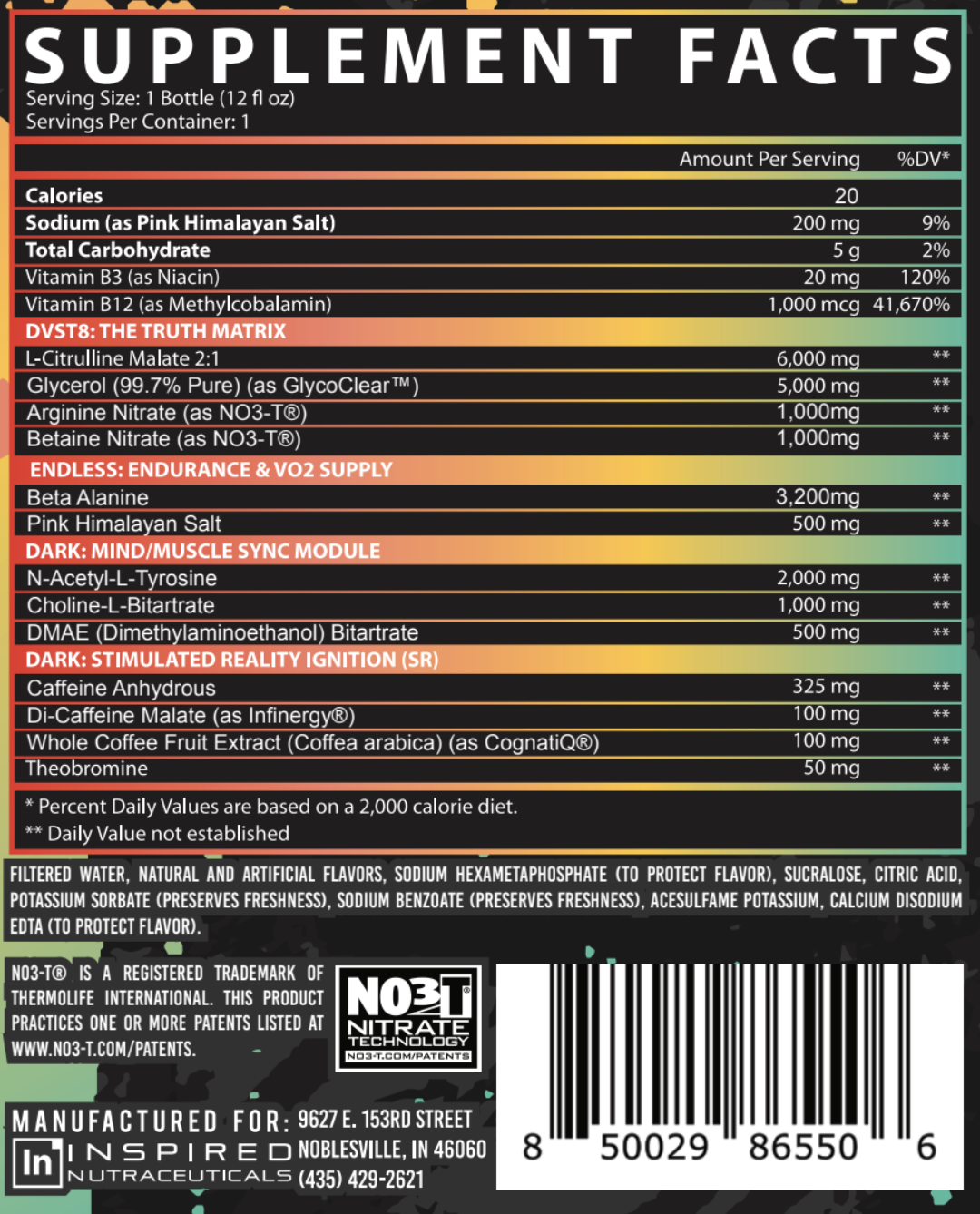
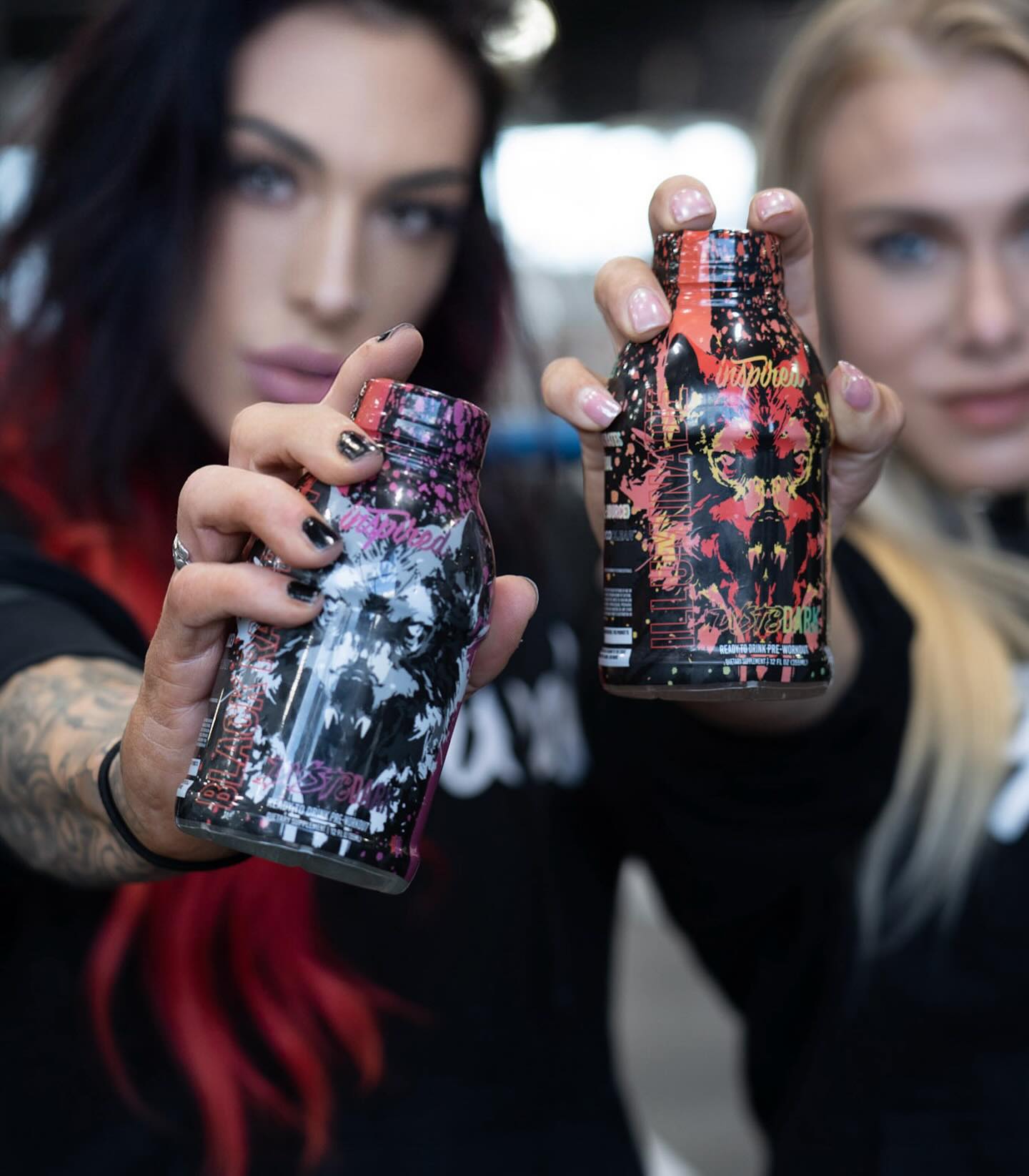
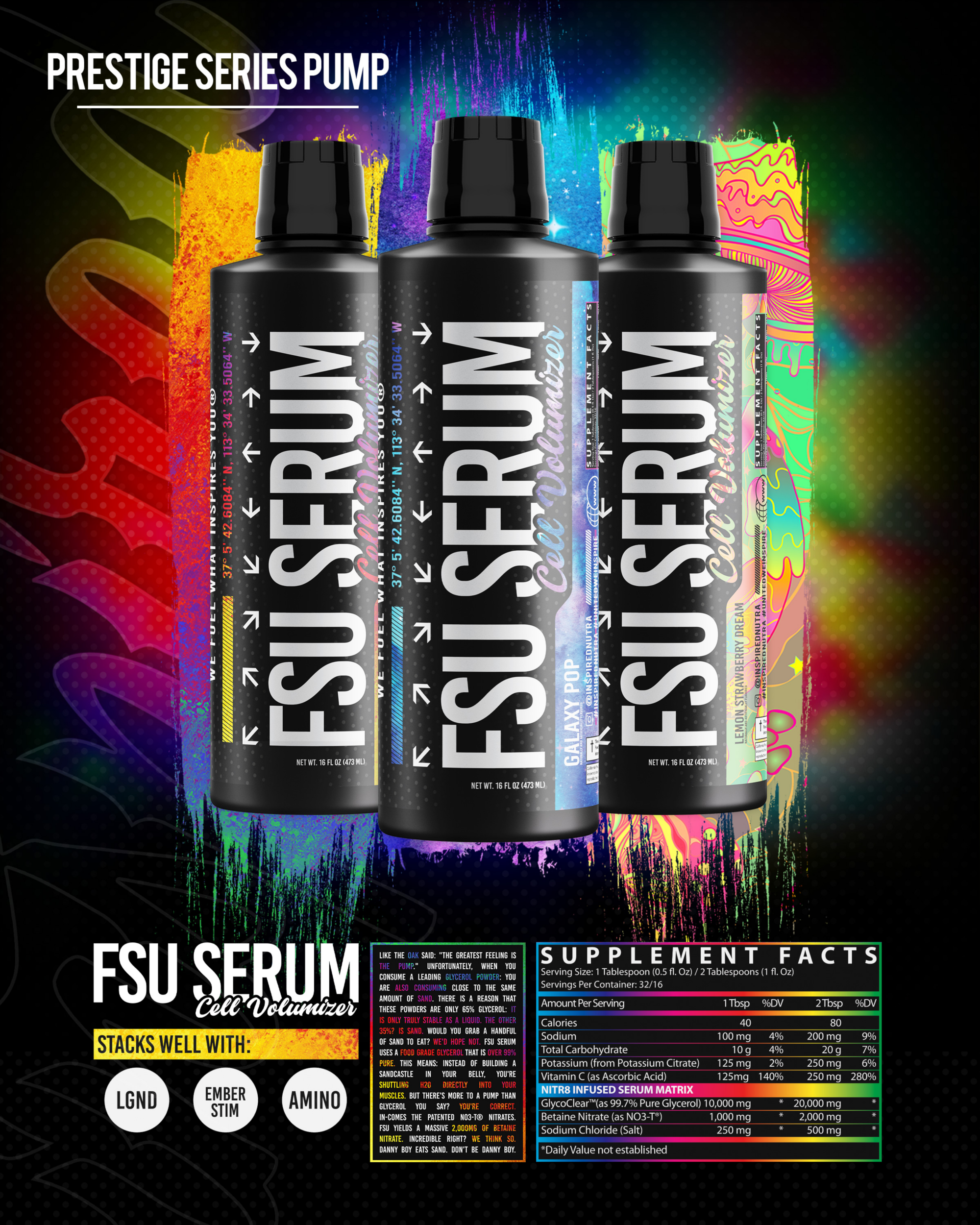
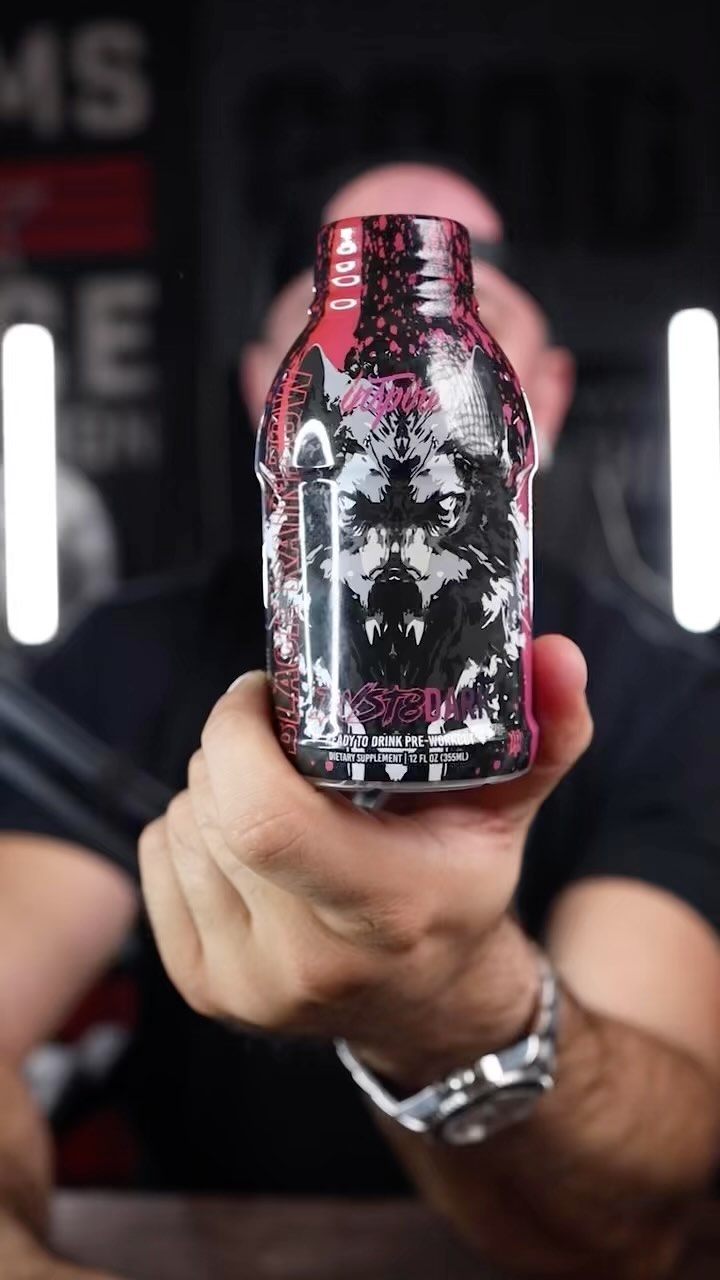

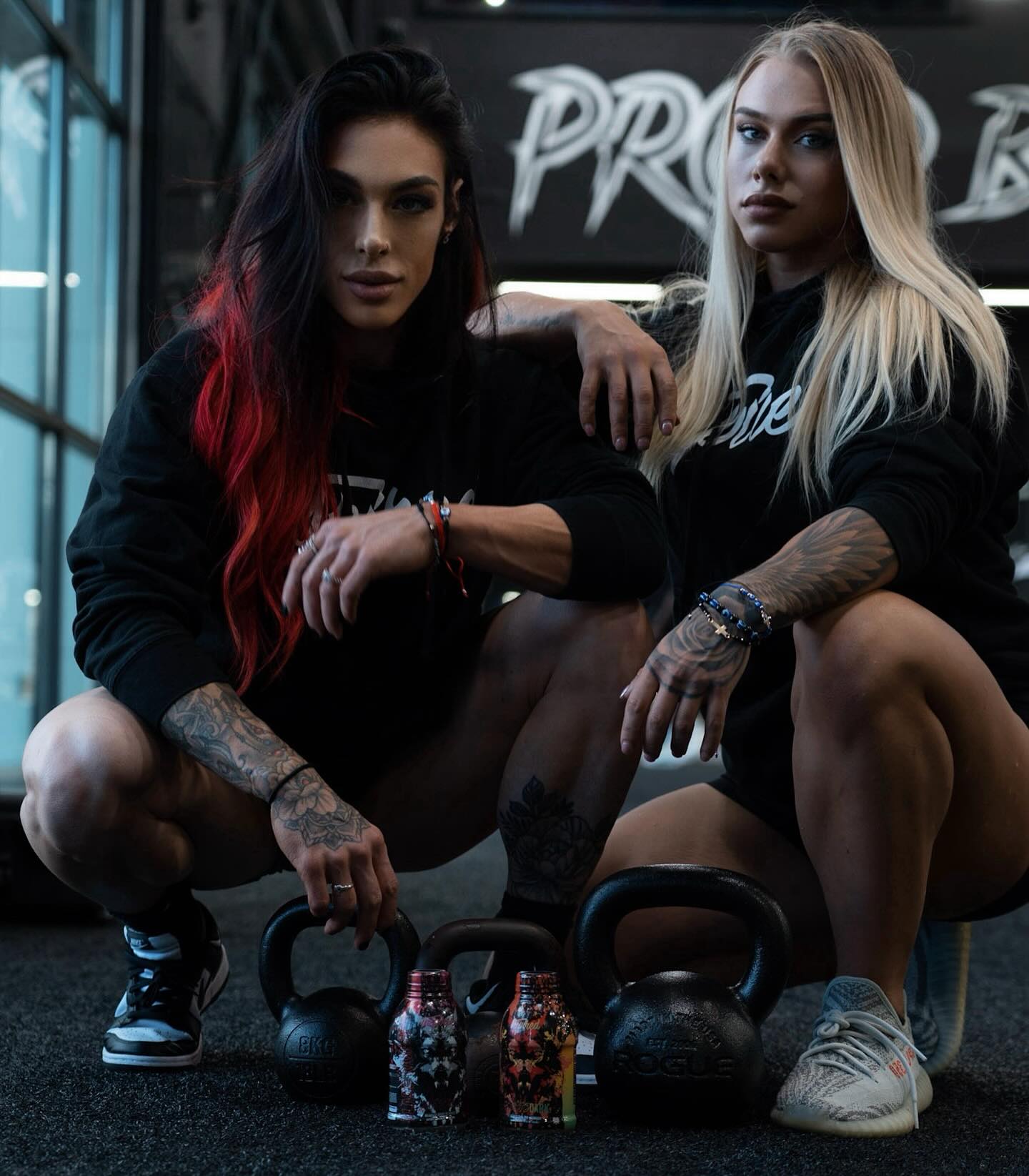
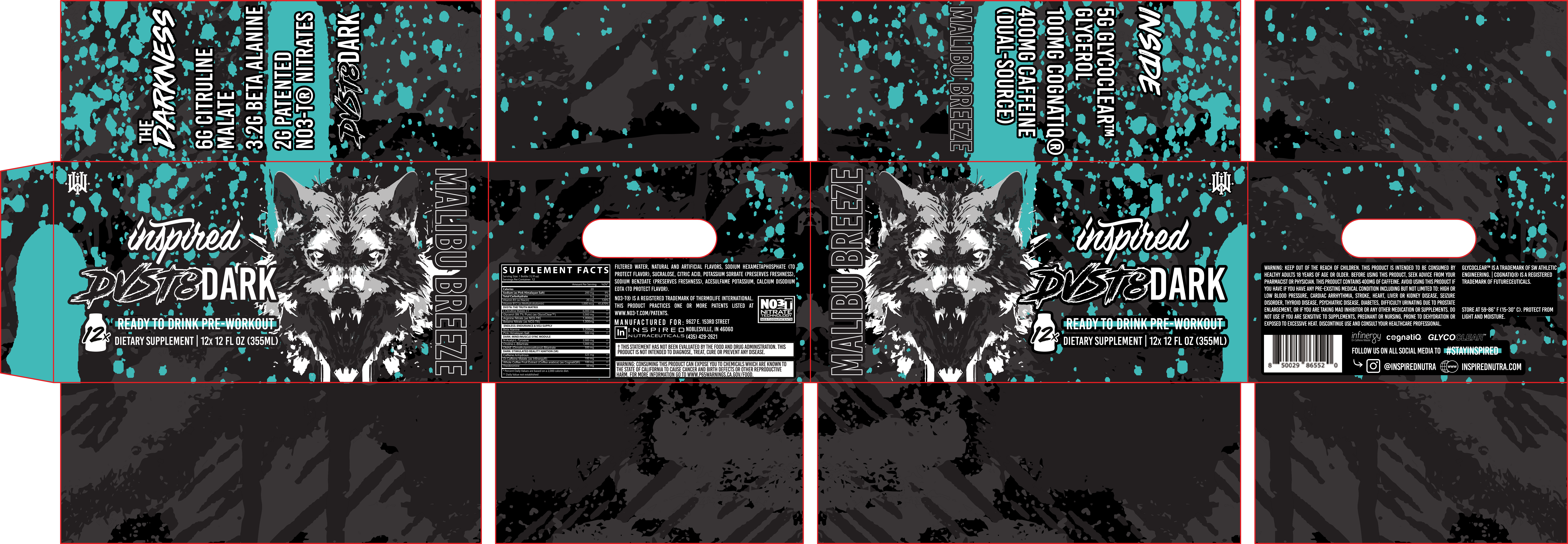
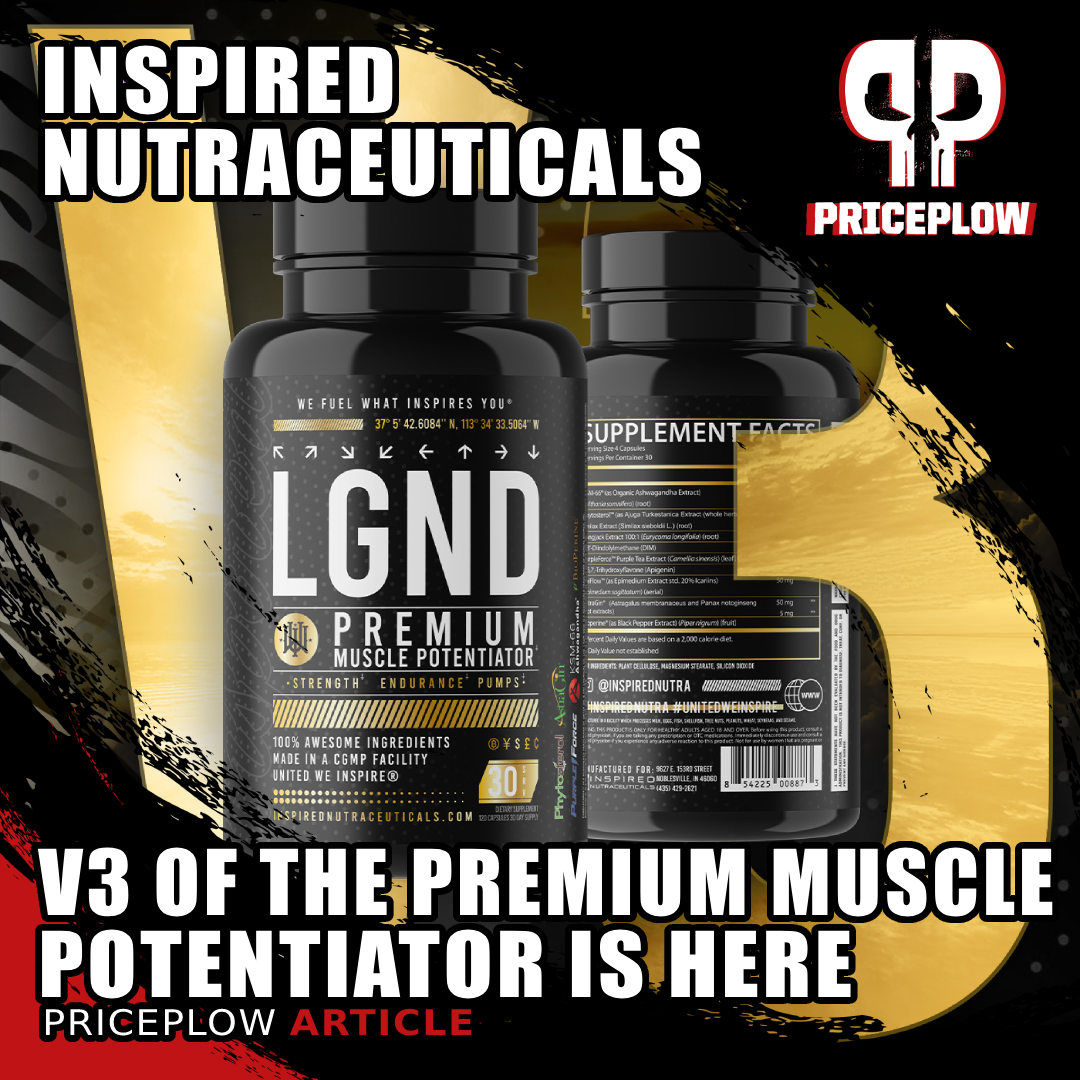

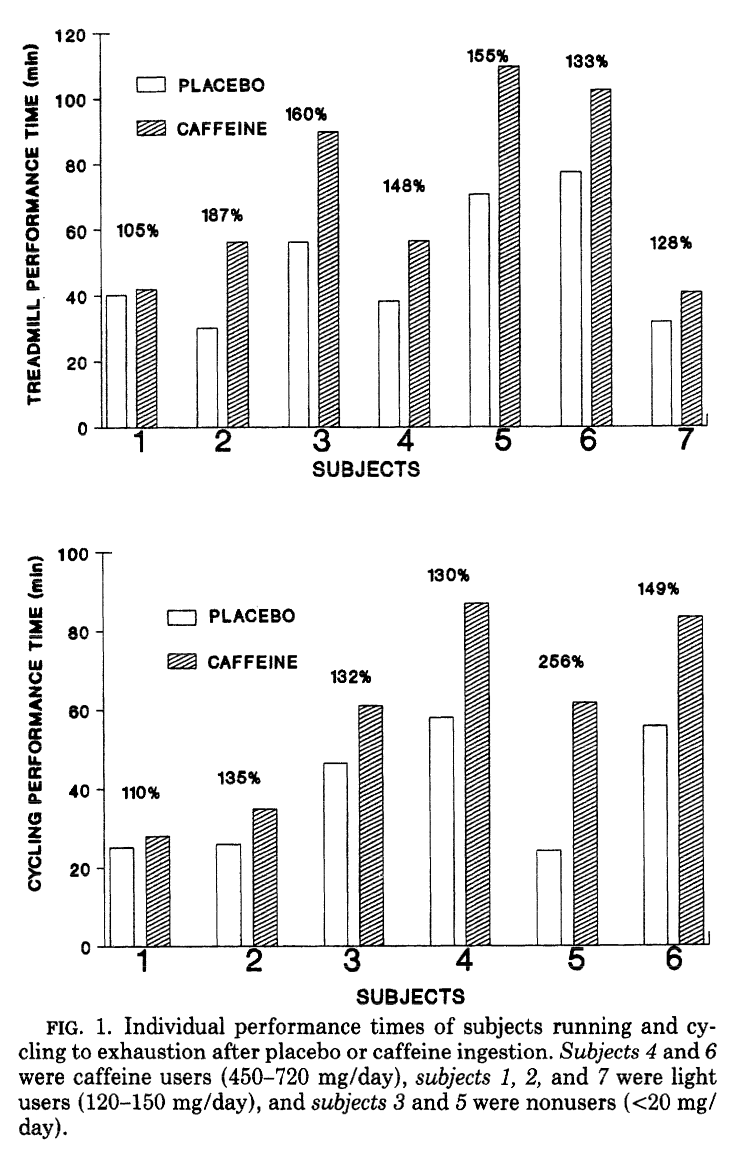
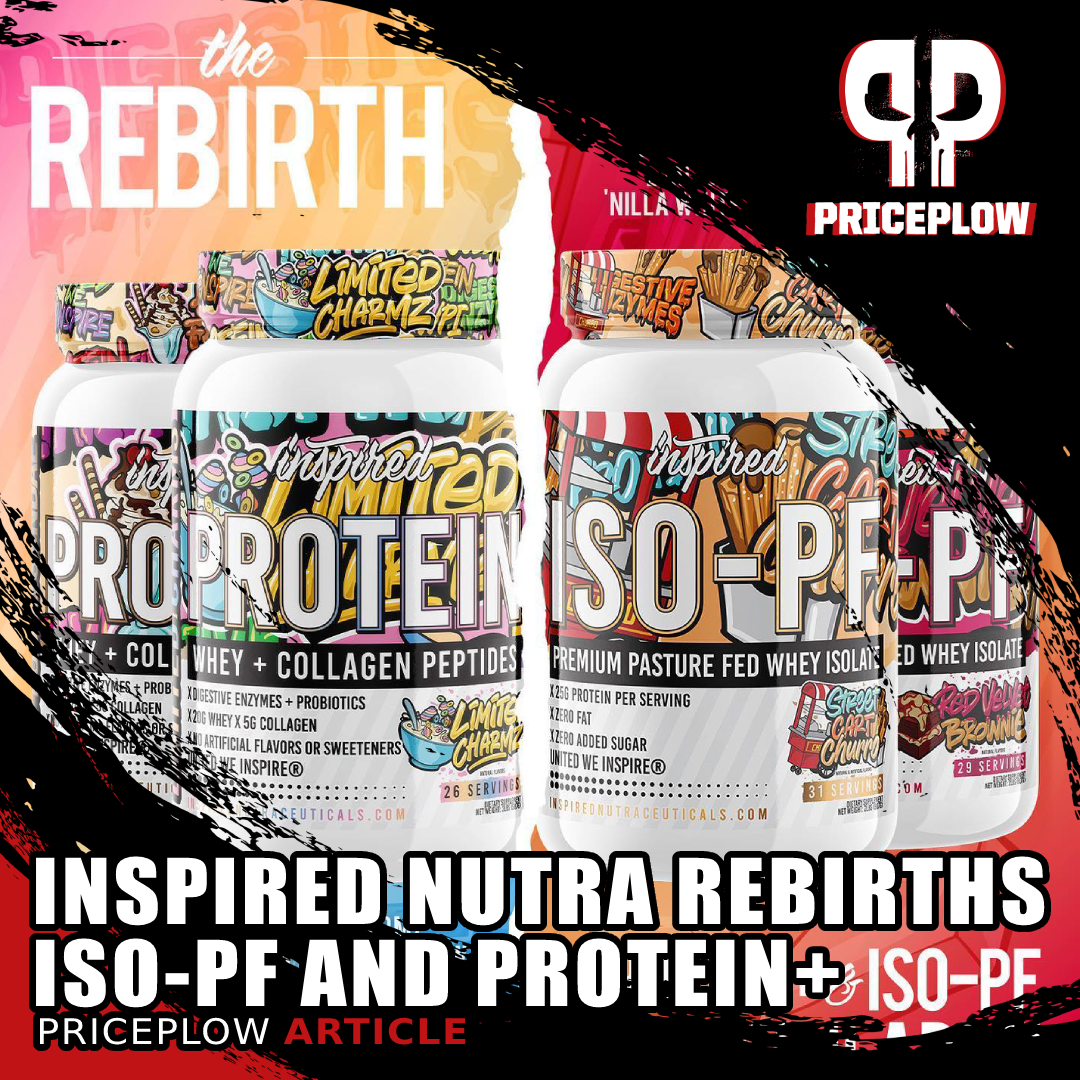
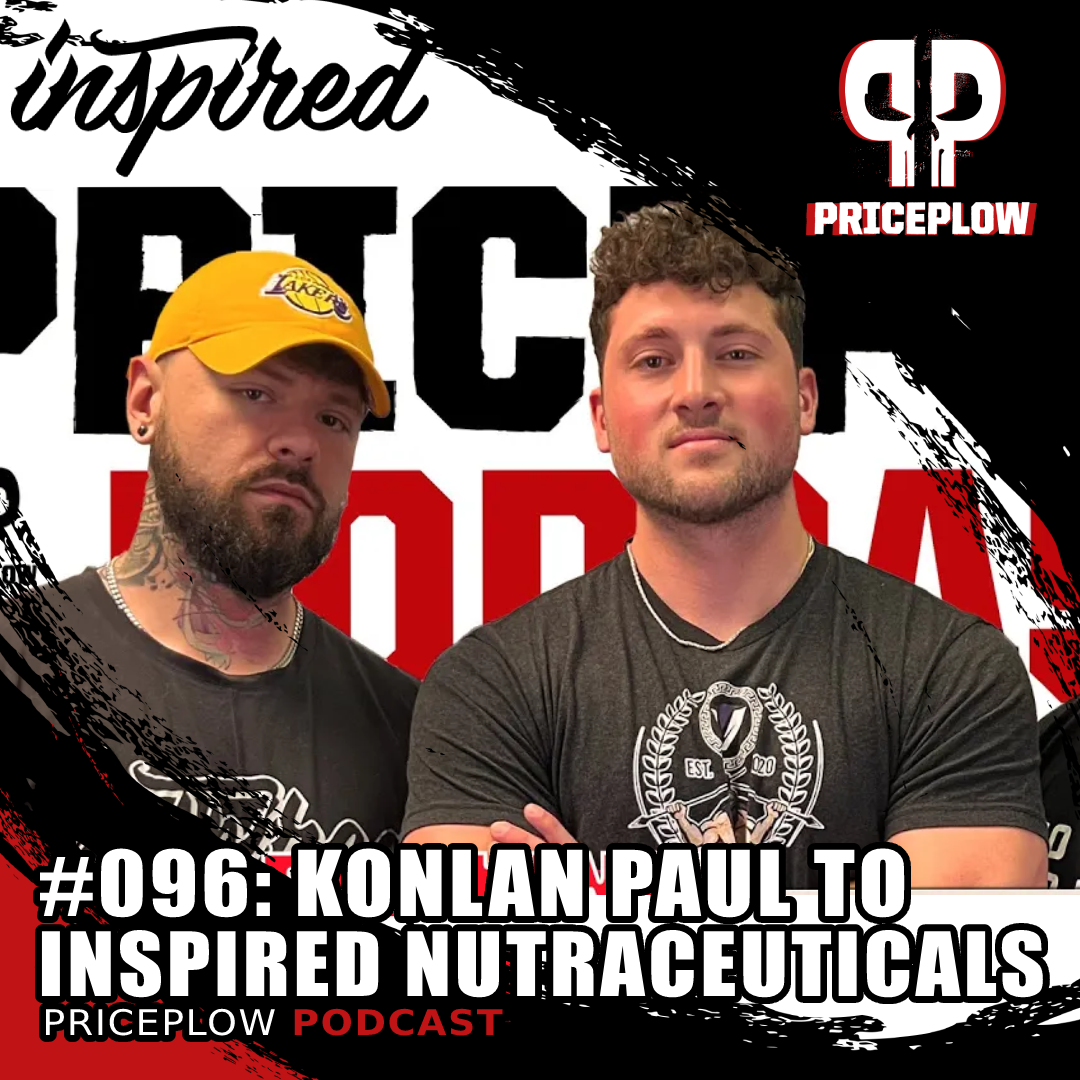
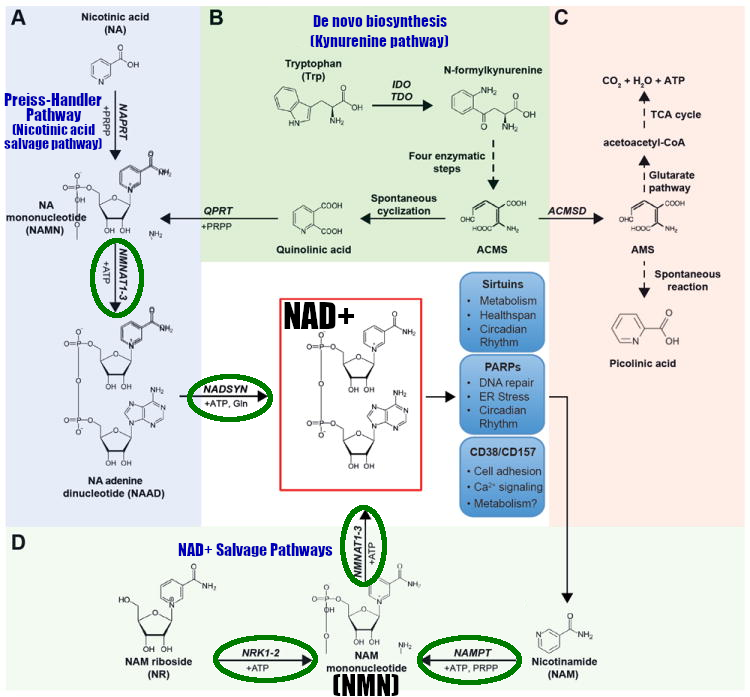
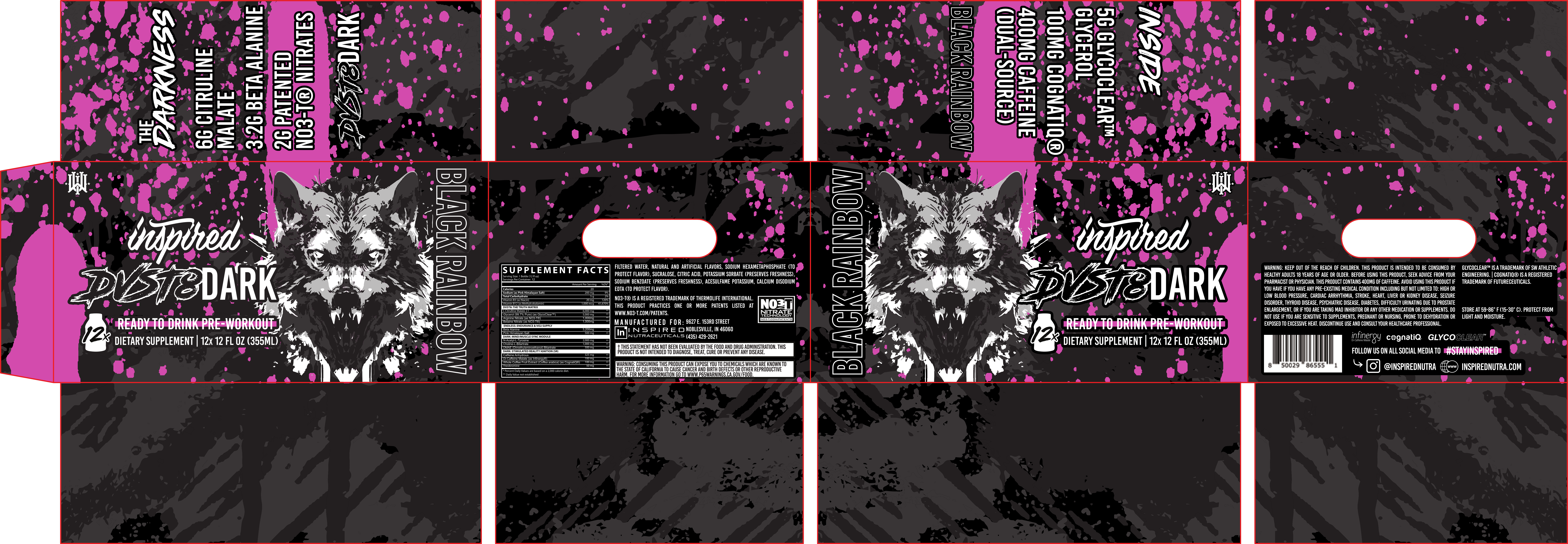


Comments and Discussion (Powered by the PricePlow Forum)